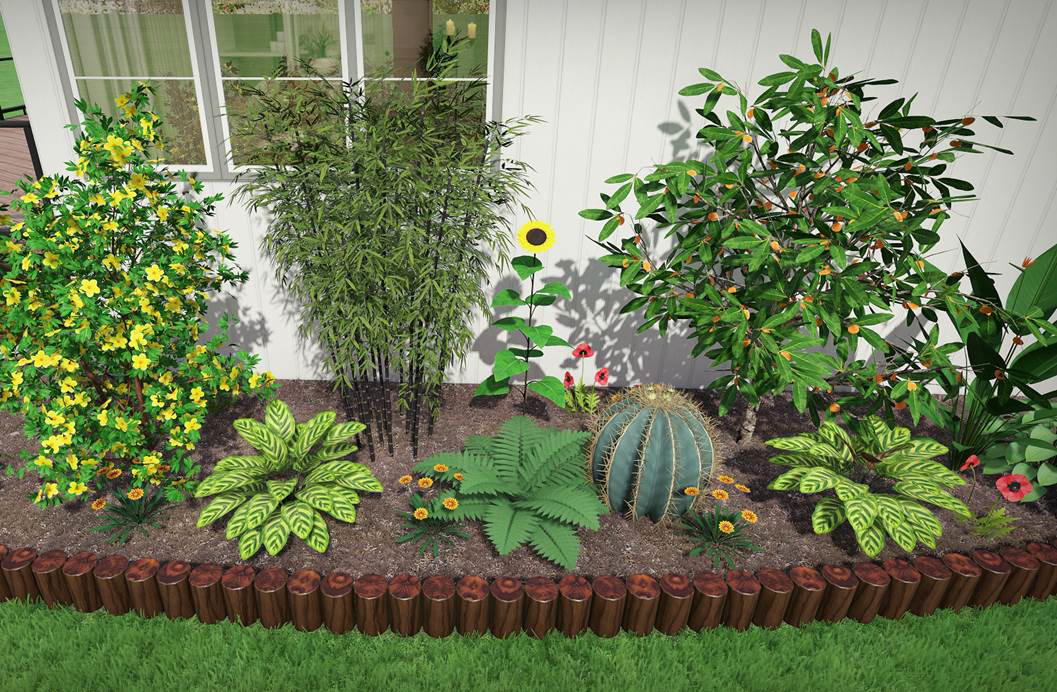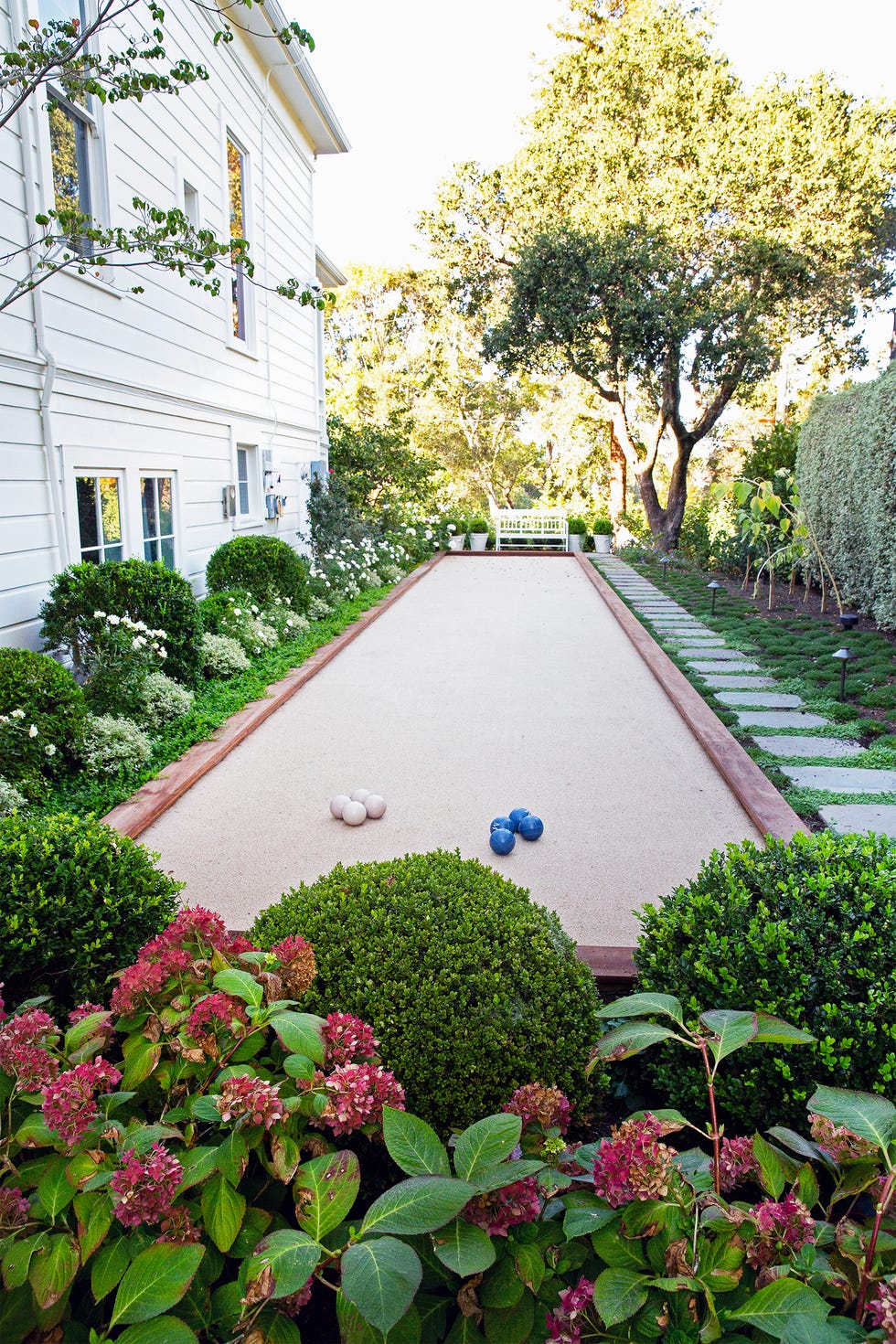The Main Principles Of Landscapers
The Main Principles Of Landscapers
Blog Article
Landscapers for Dummies
Table of ContentsLittle Known Facts About Landscapers.Not known Details About Landscapers The Greatest Guide To LandscapersNot known Incorrect Statements About Landscapers Not known Details About Landscapers How Landscapers can Save You Time, Stress, and Money.
- A yard attribute where water is stood for by an aggregate stone item, usually a gravel or granite.- A rock or flagstone patio, course, or pathway constructed without a concrete base.- A stone keeping or free standing wall built without the usage of mortar. A very skilled mason is required for a dry stack rock wall surface. Most walls in Portland are moist stacked, even if they show up to be. - A below ground framework that collect water and permits it to slow down percolate right into the soil around it.
Landscape layout that works with a sites' environment in both look and sustainability without unfavorable effects to the environment. Bordering in the landscape is a line of separation that develops visual passion in the yard by dividing one section from one more sector. This can be visual or practical, keeping one element (such as pea crushed rock) from getting blended right into another (like bark dirt).
Areas can also have a sensation of "enclosure" supplied by trees, other growings, fencings, or displays. The landscape near the access to a structure.
Excitement About Landscapers

The aspect in a landscape style or location in a landscape that is indicated to be most prominent. The prime focus can be a plant, rock, statuary, collecting space, or various other landscape feature. A style of yards or yard elements that stress straight lines, right angles and circles. Shrubs or hedges located in beds near the structure of a home or other structure.

The 2-Minute Rule for Landscapers
Low plants that are enabled or encouraged to spread over a location. Can refer to any type of "difficult" yard elements consisting of statuary or stones yet many typically is utilized to refer to courses, patio areas, and walls - Landscapers.: Elevation difference in between the level of water in a fish pond (or the level of the pump if it sits outside the pond) and the top electrical outlet of water which impacts performance of the water pump in gph (gallons per hour).
Fencing boards that run horizontally, commonly utilized in modern or Japanese-inspired landscape layouts. Proper use of imaginary lines can help the check here landscape feel linked to the home and other elements.
An even more unwinded garden controlled by curved as opposed to straight bed lines and a much less stiff structure. Traditional PNW landscapes are informal. A plant that spreads out more than wanted, or into environments where it does damages. Rose city has a checklist of invasive plants that should not be set up in landscapes since they can infect forests or rivers and be challenging to manage.
Excitement About Landscapers
Smart irrigation controller evaluations and recommendations here. 2-D making of the proposed irrigation system. Can consist of head placements and protection, pipe sizing, GPM specs, and materials needed to mount this system. An irrigation strategy is typically unneeded for properties but is typical for commercial projects. Accredited expert who makes landscapes, schooled in engineering and style in addition to in cultivation.
Landscape developers usually have much less education than Landscape Architects and are not certified. A completed landscape style, outlining all elements for the new landscape.
Using numerous plantings of the very same variety to fill in a location in the landscape. This can lower upkeep and water use in the garden.
A mix of concrete, sand, and water that is made use of in stone stonework for setting rocks and joints. A layer of compost or bark dust used at the base of a plant. A mass planting of moss. A plant that was existing in a geographic area prior to individuals began altering the landscape.
Unknown Facts About Landscapers
Exactly how the garden or a yard aspect is arranged in connection to an existing or new function or to a direction. Grasses that are not trimmed however expanded in landscapes as perennials.

Tiny round crushed rock. Plants that provide seasonal rate of interest and after that pass away back in the winter season. Annuals do not return the adhering to period, but perennials do. Winter season grass that is the most typical lawn yard in Portland, OR and the rest of the PNW.An open roofed structure over an outdoor patio or various other landscape feature.
Basalt aggregate varying in size from my review here 1/4" down to dirt. One of the most usual landscape gravel in the PNW. Location of the landscape designed to manage water up until it can saturate into the ground. A chain that regulates water as it travels from a roof covering gutter to the ground. Garden framework that produces a growing location that is consisted of and higher than the surrounding grade.
Creating a yard attribute being composed largely of rocks with growings that match and can flourish in the rough environment. Lawn sprinkler head style that rotates a stream of water throughout an area.
The Landscapers Statements

Report this page